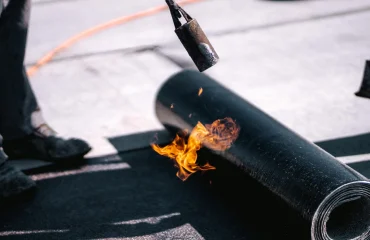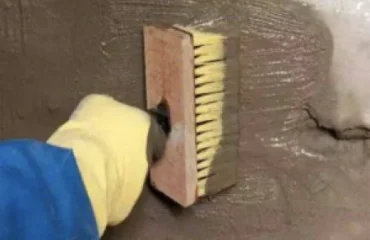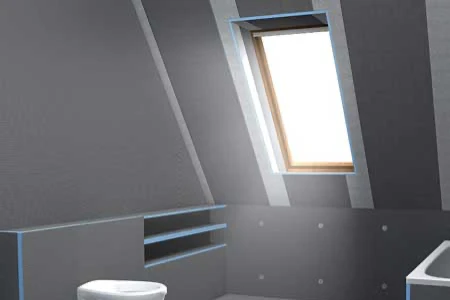
1. Wet Areas Waterproofing
Waterproofing wet areas such as toilets, bathrooms, kitchens and balconies is critical due to the constant use of water. Leakage points are weak areas such as wall joints, joints between cisterns and pipes, and faulty pipe materials that corrode. If moisture spreads from the floor or walls to the concrete, it can cause extensive damage to the reinforcement embedded in the concrete. Therefore, it is important to have an impermeable barrier over the concrete to prevent the spread of moisture.
Specially designed systems are available for any wet area: bathrooms, kitchens or toilets. These are acrylic-based elastomeric waterproofing materials that protect wet areas from constantly occurring water leaks.
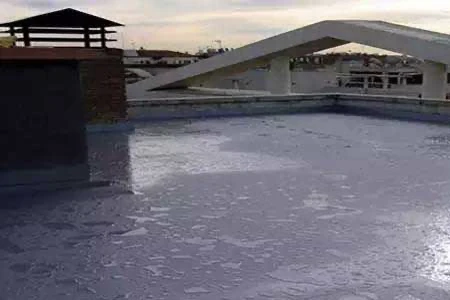
2. Terrace Waterproofing
Terrace waterproofing requires adequate protection of the concrete substrate and provision of a sloped surface for effective drainage of water. The waterproofing cover should also protect the parapet walls.
Highly durable polyurethane liquid membrane waterproofing materials, with high sustainability in all climatic conditions, high resistance to long-term weather conditions, including the negative effects of pedestrian traffic and UV rays, are frequently preferred systems in terrace structures and are the best waterproofing material.

3. Roof Waterproofing
The waterproofing materials to be used on the roofs may vary according to the structure of the roof. When looking at ways to waterproof a concrete roof, waterproofing sheet membranes are considered the most important aspect of the roofing system because they are key to keeping water out of the building. There are different types of roof membrane systems on the market. That’s why it’s important to choose the right system for you and your construction needs and understand the differences.

4. Basement Waterproofing
Positive: Positive side waterproofing is performed on the retaining wall face that is in direct contact with the water source. It is the most effective waterproofing solution as it is designed to block the initial ingress of water and thus prevent further leakage.
PVC Membrane is a compact system that protects the structure from all sides. It acts as a barrier to groundwater and the highly elastic waterproof coating protects the retaining wall and creates a waterproof cover that protects the entire infrastructure.
Negative: Negative side waterproofing is carried out from the inside of the building, that is, on the face of the retaining wall, which is not in contact with the water source. One of the biggest advantages of this type of waterproofing is its accessibility, because any repairs and upgrades can be easily installed for post-construction waterproofing system. It is not necessary to remove and replace the surrounding soil.
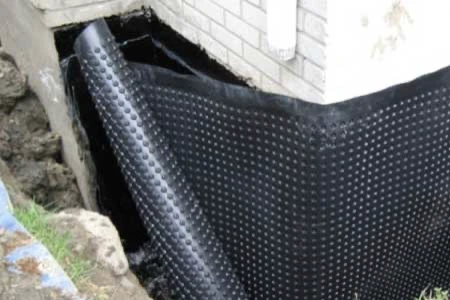
5. Foundation Curtain Wall Waterproofing
Waterproofing of shear walls is crucial to maintaining the safety, comfort and thermal performance of the building and its occupants. Although rain presents the greatest challenges to the waterproofing professional, especially as it is driven by wind, other factors such as condensation must also be taken into account. Gravity, kinetic energy, air pressure differences, surface tension and capillary action work as a mediator for water entry into buildings. This section discusses the natural forces acting on a curtain wall and some of the solutions various systems use to maintain the waterproof integrity of the building.
Underground and foundation curtain wall waterproofing should be done at once according to the project details. The main principle of foundation and underground waterproofing applications is drainage insulation systems. Drainage can minimize water leaks and provide a dry surface during application. However, an important point; The main task of drainage in basic waterproofing systems is to minimize the pressure of the water. With bitumen-based waterproofing materials and bituminous membrane waterproofing membranes, waterproofing should be provided on the foundation curtains. If there are bundling membranes coming from the foundation structure, they must be combined with curtain waterproofing.
Bitumen-based waterproofing materials should be preferred in curtain insulation since they do not have any joints and do not leave any gaps between them and the concrete. Bitumen-based waterproofing materials are extremely resistant to alkalis in the soil. After the waterproofing process is completed, XPS thermal insulation foam (Extruded Polystyrene) and drainage board should be used as a protective layer in order to protect the excavation from damage.

6. Exterior Waterproofing
Masonry surfaces, such as exterior walls, are among the largest surface areas exposed to weather conditions such as rain, dust, UV rays and fungus. Waterproofing (tightness) of exterior walls is usually achieved by adequate water thickness, waterproofing, proper design of construction joints, surface treatment and surfaces acting as a barrier against water ingress. If exterior walls are not waterproof, it can result in damp walls that are perfect breeding grounds for invading mold and moisture. This damages the walls and causes health problems for the building occupants.
The coating should combine the features of efficient waterproofing and aesthetics. Acrylic-based waterproofing materials, which protect against UV radiation and also work as an elastomeric waterproofing coating, are suitable for exterior walls.
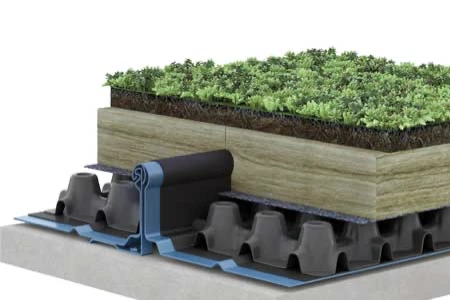
7. Landscape Areas Waterproofing
Landscaped areas need waterproofing systems that are ‘anti-root’, thus preventing the roots of plants from penetrating the concrete surface.
Bitumen-based waterproofing materials have root-resistant properties and are extremely suitable for landscaped areas.
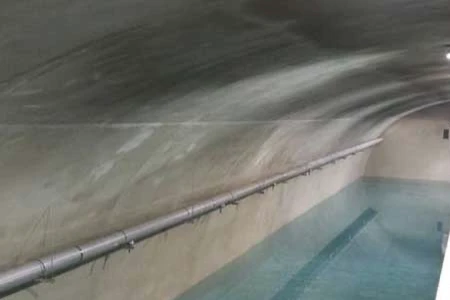
8. Water Tank Insulation
The average life of a concrete water tank is 10 to 15 years. Meanwhile, the interior concrete walls must withstand varying degrees of constant hydrostatic pressure. It can also come into contact with chlorine and other chemicals that soften their surfaces. Areas of concern include: cold joints, penetrations, shrinkage cracks, and leak-causing gaps.
While crystalline waterproofing materials act as a strong barrier against the effect of constant chlorinated water pressure, epoxy coatings provide water portability.
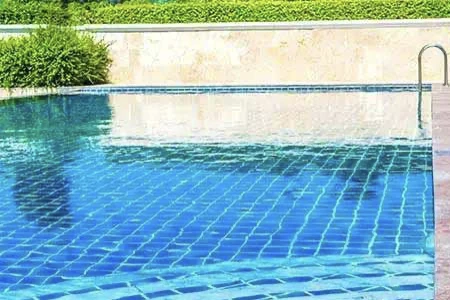
9. Swimming Pools Insulation
Swimming pools are a popular recreational option these days. However, they need to be well maintained to prevent leaks. Factors that can cause leaks include:
- Shrinkage cracks formed during the concrete curing process
- Lack of waterproofing barriers between the pool water and the concrete wall
- Cracks in joints (filled with cementitious grouts) over time
- Faults in plumbing and suction lines
- Honeycomb formation weakening the structure during the concreting process
We offer double protection system with crystal armor for walls, floors and construction joints. Weak areas such as construction joints and cracks are again covered with an additional layer of high elastomeric acrylic coating.

 Türkçe
Türkçe 